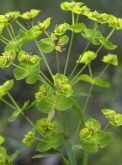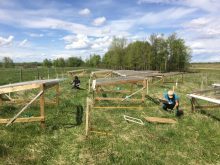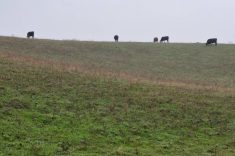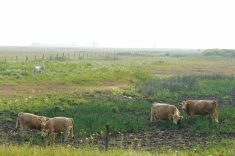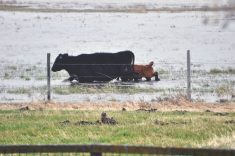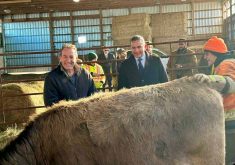Following in the footsteps of our Prairie neighbours, Manitoba is working towards developing a customized rangeland and pasture health assessment.

“The project is born out of similar initiatives that started in the United States, Alberta and then Saskatchewan. They have developed these tools for assessing rangeland health, looking at various indicators like bare soil, litter cover, soil stability, presence and abundance of obnoxious weeds and the successional status of the plant community,” said Mae Elsinger, range management biologist with Agriculture and Agri-Food Canada (AAFC).
Traditionally, rangelands have been assessed based on the successional status or the plant species composition of the community. But, Elsinger says that did not provide a clear enough picture.
“You might have a poor species composition, but you have an abundance of productivity, very good ground cover, you don’t have any weeds and the ecosystem is functioning. It is capturing water, producing forage for wildlife and livestock. It is intercepting nutrients, capturing sunlight, all of those ecological functions. So, just species composition was inadequate,” Elsinger said.
Read Also
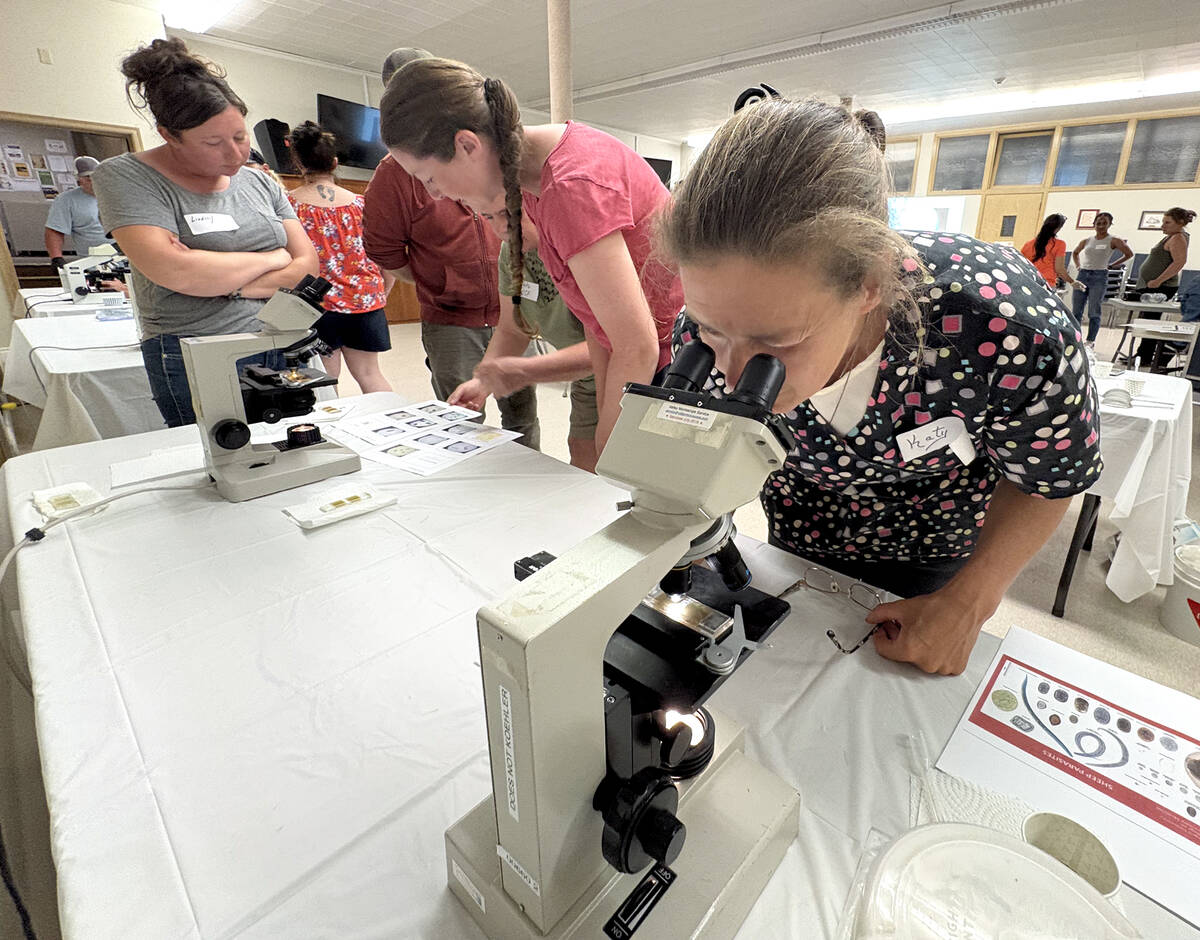
Smart deworming for sheep starts with individual fecal egg counts
Fecal egg count tests are one step to managing dewormer resistance and managing sheep parasites on Canadian sheep farms to maintain flock health.
Assessment potential
The assessment will be a customized workbook that will allow users to compare the current plant community to the potential community that could exist on the site.
It will have the ability to provide users with an inkling as to what their land may be capable of in health and function, allowing them to make better management decisions or modifying management practices.
“What it can do is allow people to compare what they have now for a range or pasture to what the potential is and that gives them a sense of what adjustments they could make to achieve a higher productivity or deliver a better level of ecological goods and services,” Elsinger said.
Manitoba will be looking to Alberta and Saskatchewan’s current assessment methods as a reference in creating a version specific to Manitoba’s climate, geography and plant species.
“We are intending to make this specific for Manitoba, given that we have different environmental conditions than Saskatchewan and Alberta and we also have different plant species here too, as we have a different set of warm-season grasses that normally don’t show up in Alberta and Saskatchewan,” Elsinger said.
The initiative will see the development of a rangeland plant community guide, which will describe current and potential rangeland plant communities for Manitoba’s four key eco sites – sand, moist, dune and loam.
An eco site map and spatial dataset will be published, which will show where a user can expect to find the different eco sites that are defined by soil texture, geological origin, salinity, slope and drainage.
The tool will help land users and producers to determine potential plant community composition, forage production, stocking rates and the impacts of management practices on ecological functions.
The project has been funded through Growing Forward 2 and is operated by a well-rounded steering committee, which includes Jane Thornton and Bill Gardiner from Manitoba Agriculture, Chris Friesen with Manitoba Sustainable Development, Rebekah Neufeld with Nature Conservancy Canada, Terence McGonigle with Brandon University, Duncan Morrison and Chris Yuzdepski from Manitoba Forage and Grassland Association, Mae Elsinger, Bev Dunlop and Kerry LaForge from Agriculture and Agri-Food Canada, and Jeff Thorpe with the Saskatchewan Research Council.
Stakeholder workshop
A number of individuals from a wide range of sectors was brought together in November for a one-day workshop to determine what this tool should look like and how stakeholders should move forward with the project.
“We discussed what these stakeholders think an assessment for rangeland and pastures should look like in Manitoba and what the indicators should be. We developed a very good list of indicators and took a look at the other variety of ways that health is being assessed on grasslands and pastures,” Elsinger said.
The workshop allowed stakeholders to learn about various ecosystem health assessments and allow them to provide input into what indicators could be used for assessment methods in Manitoba.
“What surprised me was that whether these stakeholders came from a conservation background or livestock productivity background, it seemed like we all agreed on what some of the most important indicators would be. That was very exciting for me to see,” Elsinger said
Elsinger says the timeline to complete the assessment depends heavily on funding, but once complete the tools will be made available to the public on the Manitoba Forage and Grassland Association website.
“The timeline is dependent of funding opportunities. We have been trying to do this since 2010 and it has gone very slowly. We could probably have this completed by 2020 but the two limiting factors are the funding, and the amount of time people have to work on it,” Elsinger said.
For more information visit the MFGA website.








